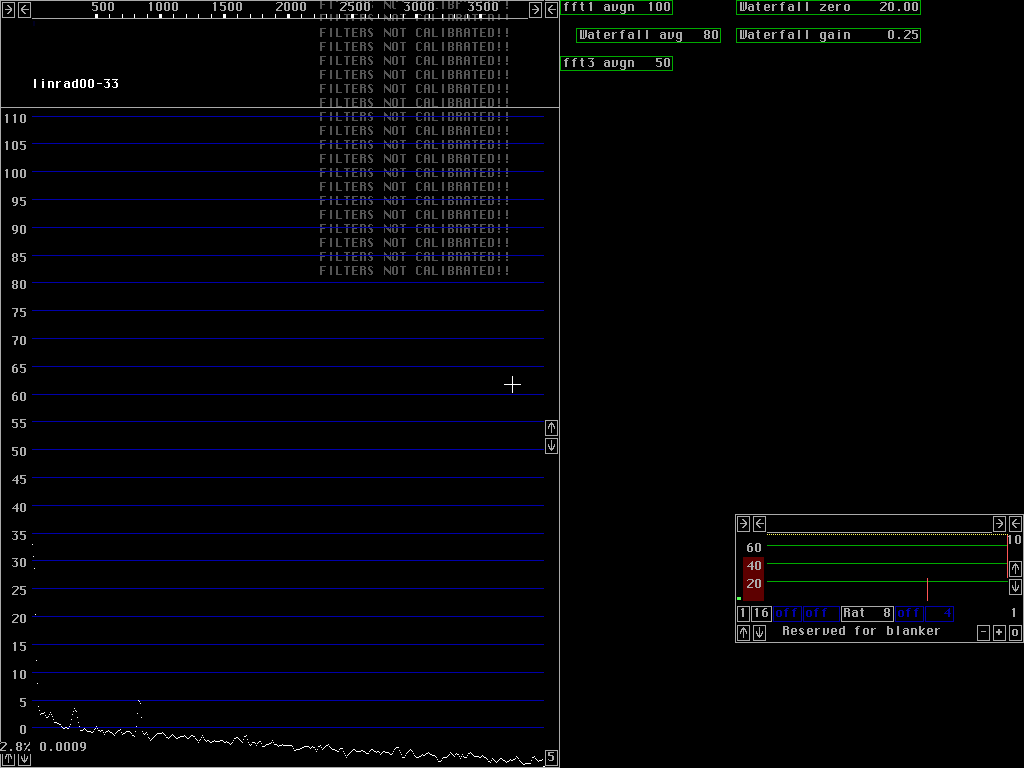
Fig 1. Soundboard only, all controls zero or OFF.
Check A/D board noise level first.First make sure you have selected the right analog input and set the gain of the soundboard to the optimum level. set the analog signal level and A/D board gain This link also gives a short description of what you find on this page.Of course, if you have reasons to believe that the analog hardware is the limiting part of your system, there is no need to be particularly careful about the board settings.
The KENWOOD TS-520TS-520 is an old, mediocre shortwave transceiver. The dynamic range within the passband is far from the dynamic range of an ordinary soundboard. As an illustration to the dynamic range check linrad is used on a 200MHz pentium MMX with a Soundblaster PCI together with a TS-520.Fig. 1 shows the screen with nothing connected to the soundboard and with all soundboard controls set to zero or OFF.
|
|
The soundboard does produce some noise of its own if the
volume is set too high, fig.2 shows the screen when nothing is connected
and the gain is set to maximum (rec=100).
|
|
For this board it is reasonable to use a gain setting of 25
which gives a screen as shown in fig. 3.
|
The OSS sound system was used so the soundboard controls were set
by use of ossmix like this:
/opt/oss/soundon /opt/oss/ossmix mic.rec OFF /opt/oss/ossmix line.rec ON /opt/oss/ossmix igain 0 /opt/oss/ossmix vol 0 /opt/oss/ossmix pcm 0 /opt/oss/ossmix line 0 /opt/oss/ossmix mic 0 /opt/oss/ossmix pcm2 0 /opt/oss/ossmix line1 0 /opt/oss/ossmix dig1 0 /opt/oss/ossmix rec 25 /opt/oss/ossmix cd 0 These are the settings used for this board which is called AudioPCI 97 (CS4297A) by the ossmix program. The TS-520 is connected through a 300Hz high pass filter and a 17dB attenuator but it gives a significant increase of the noise floor with both AF and RF volumes turned to minimum. Some attenuating and a 50Hz reduction is usually required when elderly radio's are used. It is always a good idea even on a modern SSB receiver.
|
|
Despite the 17dB attenuator between the loudspeaker output and the
soundboard the TS520 gives too much noise even when the AF and
RF volumes are set to zero.
For this radio it is not a good idea to attenuate further since the
dynamic range is determined entirely by the TS-520.
When the AF volume is turned to a sensible position, about 25% of full volume, the screen looks as shown in fig. 5.
|
|
If the audio amplifier of the TS-520 had been able to saturate the
soundboard more than 17dB of attenuation should have been used, but
since dynamic range is limited by the TS520 audio amplifier best
performance is obtained with the audio noise from the TS520 as the
dominating contribution of the noise floor with the RF volume set to zero.
After turning up the RF volume for 20dB higher noise floor within the passband the screen looks as in fig. 6.
|
|
With volumes set as for fig. 6 a signal generator is connected to the
antenna input and the level is increased until the second harmonic
has reached -40dB. The screen obtained is shown in fig. 7.
|
|
The signal needed to produce unacceptably high audio overtones
is 105dB, 80dB above the noise floor.
The spur free dynamic range is about 60dB which is perfectly ok
for a SSB radio with a few kHz bandwidth.
The soundboard is very much better than required for use with the TS-520. Fig. 8 shows the "F=Hardware test mode" screen with the sams settings and signal as used for fig. 7.
|
|
For use with the TS-520, soundboard settings are not critical.
It would be ok to increase the soundboard gain by 10dB
although nothing is gained by that.
Dynamic range is completely determined by the TS-520, but linrad will allow digging weak signals out of the noise as an audio dsp added to the receiver.
Rx with first generation CMOS switch mixerI have used a 20kHz wide radio with CMOS switches as mixers for several years together with my old software radio under MSDOS This analog hardware is not quite good enough for taking full advantage of a modern 16bit audio board although it was good enough for the boards available at the time it was designed.Fig. 9 shows the screen when a 10.7 MHz signal is fed into the IF of this radio with a level that produces audio overtones at -40dB.
|
|
This first generation rx lifts the noise floor by about 6dB
with the optimum gain setting rec 25 described above.
This means that about 5dB of the dynamic range is lost at the
low side but for this hardware it does not matter since the
analog unit and not the soundboard is the limiting factor.
Fig. 10 shows the "F" screen with identical signal and settings as for fig.9.
|
|
Unacceptable overtone levels occur when the strong signal is about
110 dB above the noise floor as can be seen from fig. 9.
The level is about 3dB below soundboard saturation and the
soundboard is used with a 6dB degraded noise floor.
With better analog hardware this soundboard could produce
about 8dB better dynamic range.
Allowing the audio second harmonic at -40dB is also very generous, it is desireable to make the overtone level lower than this at levels just before the A/D saturates. The 10.7 MHz receiver has served well for several years and it does never saturate in EME use even though the level is lifted by 20dB by the 144MHz preamplifier. Occasionally I can hear SM5FRH or SM5DCX at their second audio harmonic, but never very strong. Of course, for terrestrial use, signals within the 20kHz passband become too strong now and then so an attenuator is useful....
|